
Pad printing uses a silicone pad to transfer an image to a product from a laser etched printing plate. It is one of the most popular and affordable ways of branding promotional products due to its ability to reproduce images on uneven or curved products and print multiple colours in a single pass.
Advantages
Limitations
A set up charge is required for each colour to be printed.
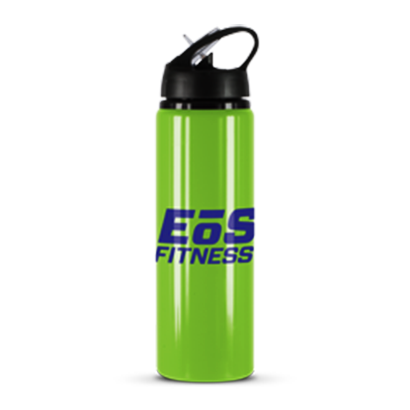
Screen printing is achieved by forcing ink through a fine mesh screen with a squeegee onto the product and is ideal for branding flat or cylindrical objects.
Advantages
Limitations
Artwork Requirements

Imitation etch is a special pad printing ink used for producing an etch like effect on glass products.
Advantages
Limitations
Artwork Requirements
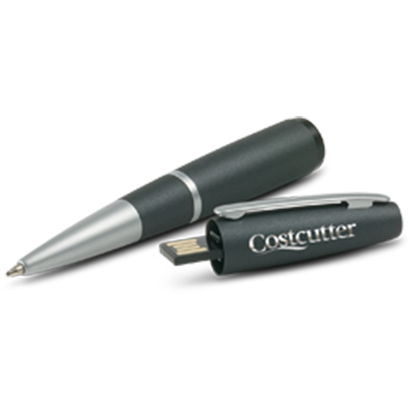
Laser engraving produces a permanent natural finish using a laser to mark the product. Different materials produce different effects when engraved so to avoid uncertainty pre-production samples are recommended.
Advantages
Limitations
Artwork Requirements
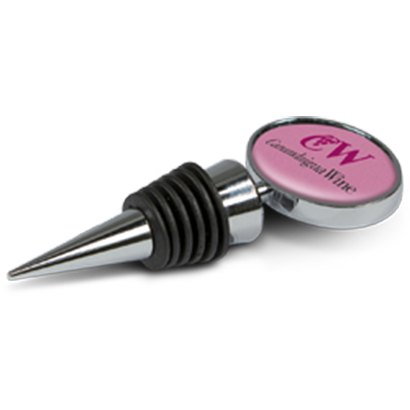
Resin coated finish is produced by printing the artwork onto a vinyl material with strong adhesive on the reverse. The branded area is coated with a crystal clear resin which is allowed to dry. Once dry, the finished decal is applied to the product and the adhesive forms a permanent bond.
Advantages
Limitations
Larger print areas tend to be more expensive.
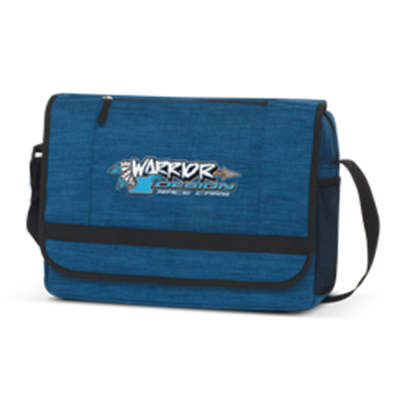
Digital transfers are used for branding fabrics and are printed on transfer paper using a digital printing machine then heat pressed onto the product.
Advantages
Limitations
Artwork Requirements
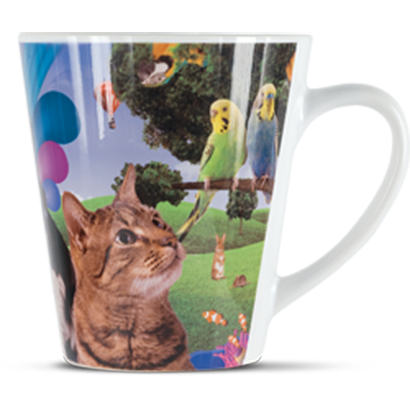
Sublimation print is used for branding products that have a special coating on them or fabrics suitable for the sublimation process. A transfer is produced by printing sublimation ink onto transfer paper and then heat pressing it onto the product.
Advantages
Limitations
Artwork Requirements
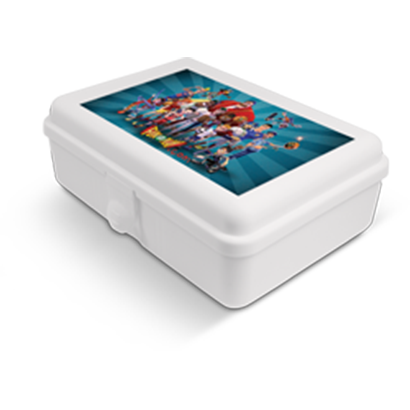
This production method is used for printing media such as paper, vinyl and magnetic material used in the manufacture of labels, badges and fridge magnets etc.
Advantages
Limitations
Artwork Requirements

Digital adhesive labels are used to brand products that cannot be branded with any other method. They are printed with a digital printing press and applied to the product.
Advantages
Limitations
Artwork Requirements
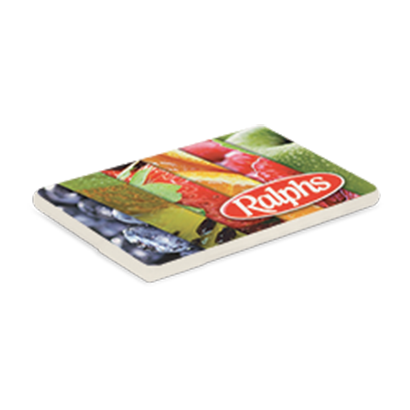
Direct to product digital printing involves the transfer of ink directly from the print heads of an inkjet machine to the product and can be used to produce both spot colour and full colour branding on flat or slightly curved surfaces.
Advantages
Limitations
Larger print areas tend to be more expensive.
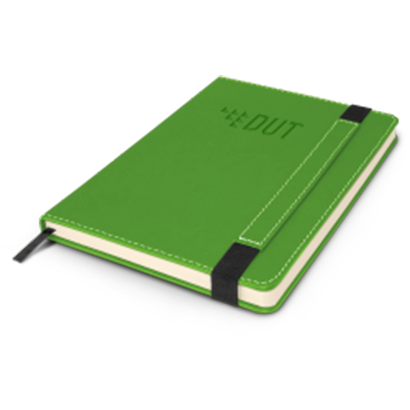
Debossing is produced by pressing a hot engraved metal plate into the surface of a product with a lot of pressure. This produces a permanent image below the products surface.
Advantages
Limitations
Artwork Requirements
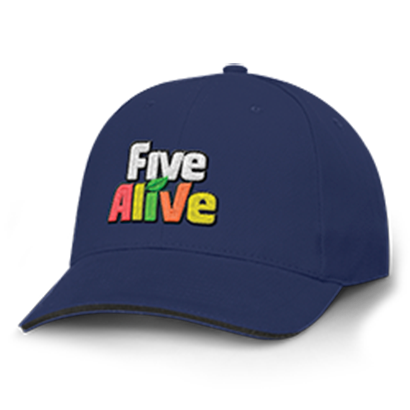
Embroidery is an excellent way of branding bags, apparel and other textile products. It offers higher perceived value and a depth of branding quality which other processes can’t match and the finished image has a slightly raised effect. Embroidery uses rayon thread which is stitched into the product.
Advantages
Limitations
Artwork Requirements